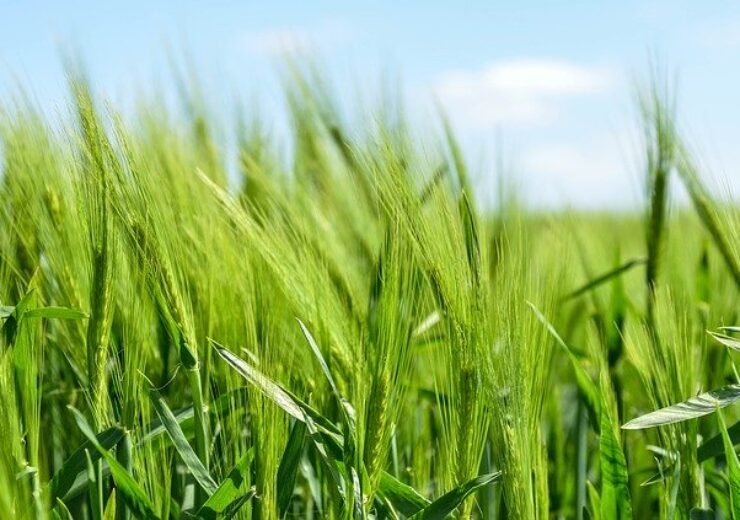The Agritech Industry Transformation Plan has been co-developed with the industry by a multi-agency agritech taskforce led by New Zealand Ministry of Business, Innovation and Employment

New Zealand has unveiled new transformational plan for agritech sector. (Credit: Free-Photos from Pixabay)
New Zealand Government has unveiled new Agritech Industry Transformation Plan (ITP) to enhance the productivity of the agritech industry.
The government has announced NZ$11.4m ($7.4m) direct investment in Budger 2020 for the implementation of the new agritech transformational plan.
New Zealand Economic Development Minister Phil Twyford said: “We want to grow a cluster of large agritech firms that can take on the world, and build on New Zealand’s agricultural strength.
“Our Government believes we can grow the agritech sector into a stronger economic contributor, increase agritech exports, and advance sustainable primary production in New Zealand.”
The new plan for agritech industry has been co-developed with the industry by a multi-agency agritech taskforce led by the New Zealand Ministry of Business, Innovation and Employment.
The government is focusing on the commercialisation of new products
Under the plan, the government will focus on the commercialisation of new products and founding a horticultural robotics academy.
New Zealand Agriculture Minister Damien O’Connor has also revealed an industry-led report, known as Aotearoa Agritech Unleashed, from industry association Agritech NZ.
The report suggested the agritech sector make a strengthened commitment to the ITP as a joint government and industry strategic approach, develop a Trans-Tasman agritech strategy and maximise local adoption of New Zealand agritech.
O’Connor said: “New Zealand agritech companies are creating innovative technologies and solutions that support our farmers, growers, beekeepers and fishers to create more value, and achieve greater sustainability.”
In June, New Zealand-based cooperative Livestock Improvement Corporation (LIC) launched HoofPrint, a new tool to help dairy farmers in reducing their environmental footprint.
LIC’s HoofPrintindex is claimed to provide farmers with accurate insights about bulls born since 1 January 2009 with the potential to breed progeny for dairy herds with a lighter environmental footprint and on cows that produce less methane and nitrogen per kilogram of milk solids.
